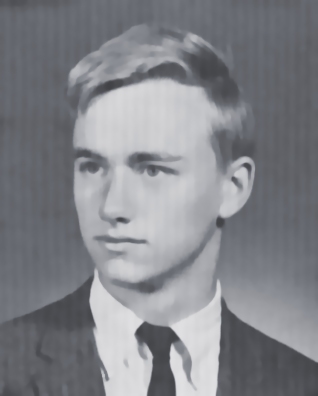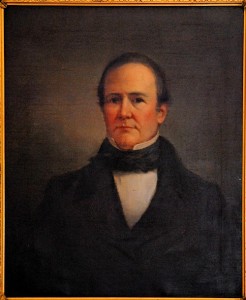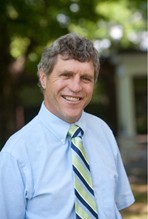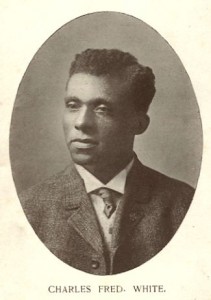A post-seasonal editorial.
[The opinions expressed here are the author’s own. Special thanks to Charles D. Cohen and Patrick Brough for their contributions to this post.]
The story has been around for years. Supposedly the Town (now City) of Easthampton and Mount Tom were Dr. Seuss’s inspiration for Whoville and Mt. Crumpit in the classic children’s book, How the Grinch Stole Christmas. Back in 2009, a surge in the currency of this suburban legend prompted me to ask a friend, Charles D. Cohen, whether there was any legitimacy to the story. It was not an idle question; Dr. Cohen is Theodor Geisel’s biographer (The Seuss, the Whole Seuss, and Nothing But the Seuss: A Visual Biography of Theodor Seuss Geisel, Random House, 2004) and possibly the leading authority on All Things Seuss. Dr. Cohen responded,
The first thing I should point out is that whether you have the Grinch atop Mt. Crumpit, or King Derwin on his mountain looking down into the valley where Bartholomew Cubbins lived, or Yertle sitting on top of a skyscraper of turtles, there are plenty of similar images in Ted Geisel’s work. However, I’m not familiar with the notion that the Grinch story was based on something involving Mt. Tom specifically.
I do know that Ted had visited Mt. Tom — his senior picnic was held there on 09/23/1920. And he did have an uncanny memory for images. But I’m not aware of anything special that ever happened to him involving Mt. Tom that would be the genesis for the Grinch story.
In fact, in How the Grinch Stole Christmas! A 50th-Anniversary Retrospective (Random House, 2007), I believe that my contention was that the Grinch living on a mountain looking down on the village below was reflective of Ted Geisel living atop Mt. Soledad and looking down on the village of La Jolla down below. We know that the Grinch was modeled on Ted, himself. For example, in the book and in the 1966 cartoon, the Grinch says, “For fifty-three years I’ve put up with it now! I MUST stop this Christmas from coming! . . . But HOW?” The book was published in 1957, when Ted, not coincidentally, was 53 years old. There are several other bits of information on this subject in my retrospective, but that should give you the idea.
That apparently satisfied my interest at the time. But a few weeks ago, the story reasserted itself. This time it spread rapidly on Facebook. Suddenly, Easthamptonites wanted to celebrate. Shortly before Christmas there was a well-attended rally on the Town Common, attended by a number of city politicians and the green fellow himself, apparently in competition with Santa Claus.

The best I can say is that it was good for local business, people were enjoying themselves, and it was probably harmless. Why they would want the distinction of living in Whoville, I don’t know. I’m reminded of the joy in Springfield, Vermont, a few years ago when, following a competition among several Springfields, the town was designated the model for the city of Springfield in The Simpsons. It didn’t seem entirely complimentary . . . although I’m told that doughnut sales soared. Continue reading





